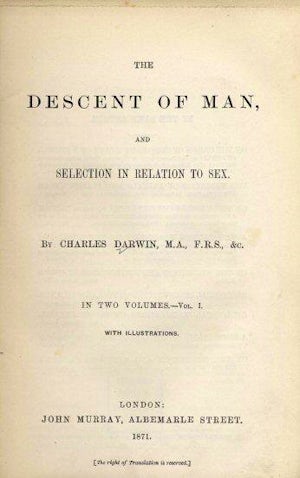
September 1, 1939. The T4 program developed out of National Socialist ideology of racial hygiene. In 1939, Adolf Hitler authorized a program of euthanasia, to kill the incurable, physically or mentally disabled, emotionally distraught, and the elderly (Berenbaum, 2014). Some eugenics advocates supported the program (Berenbaum, 2014). The program was discontinued in 1941, but continued covertly until the end of World War II in 1945 (Berenbaum, 2014).
T4 killing centers were established between 1939 and 1940 to murder disabled children and adults, who were considered "unsuitable" to live or who were thought not to contribute enough economically (Berenbaum, 2014). Many of these murders took place in hospitals, primarily in children’s wards and selected adult wards. Many patients were starved to death, some were gassed, while others were killed with an overdose of sedatives. In 1941, Hitler banned gassing of disabled individuals but the murders in hospitals continued. The murder of thousands of disabled individuals through methods such as medication became known as “wild euthanasia.” Approximately 250,000 people were killed, and the killing of the handicapped under Action T-4 is considered a precursor to the Holocaust.
More information about Action T-4 is available at the United States Holocaust Memorial Museum.
-Erna Kurbegovic and Colette Leung
Friedlander, H. (2008). Physicians as Killers in Nazi Germany: Hadamar, Treblinka, and Auschwitz. F.R. Nicosia & J. Huener (Eds.), Medicine and Medical Ethics in Nazi Germany: Origins Practices Legacies. New York: Berghahn Books.
Berenbaum, M. (2014). T4 Program. In Encyclopædia Britannica. Retrieved from http://www.britannica.com/EBchecked/topic/714411/T4-Program
 1869:
Galton publishes Hereditary Genius
1869:
Galton publishes Hereditary Genius
 1871:
Charles Darwin publishes The Descent of Man
1871:
Charles Darwin publishes The Descent of Man